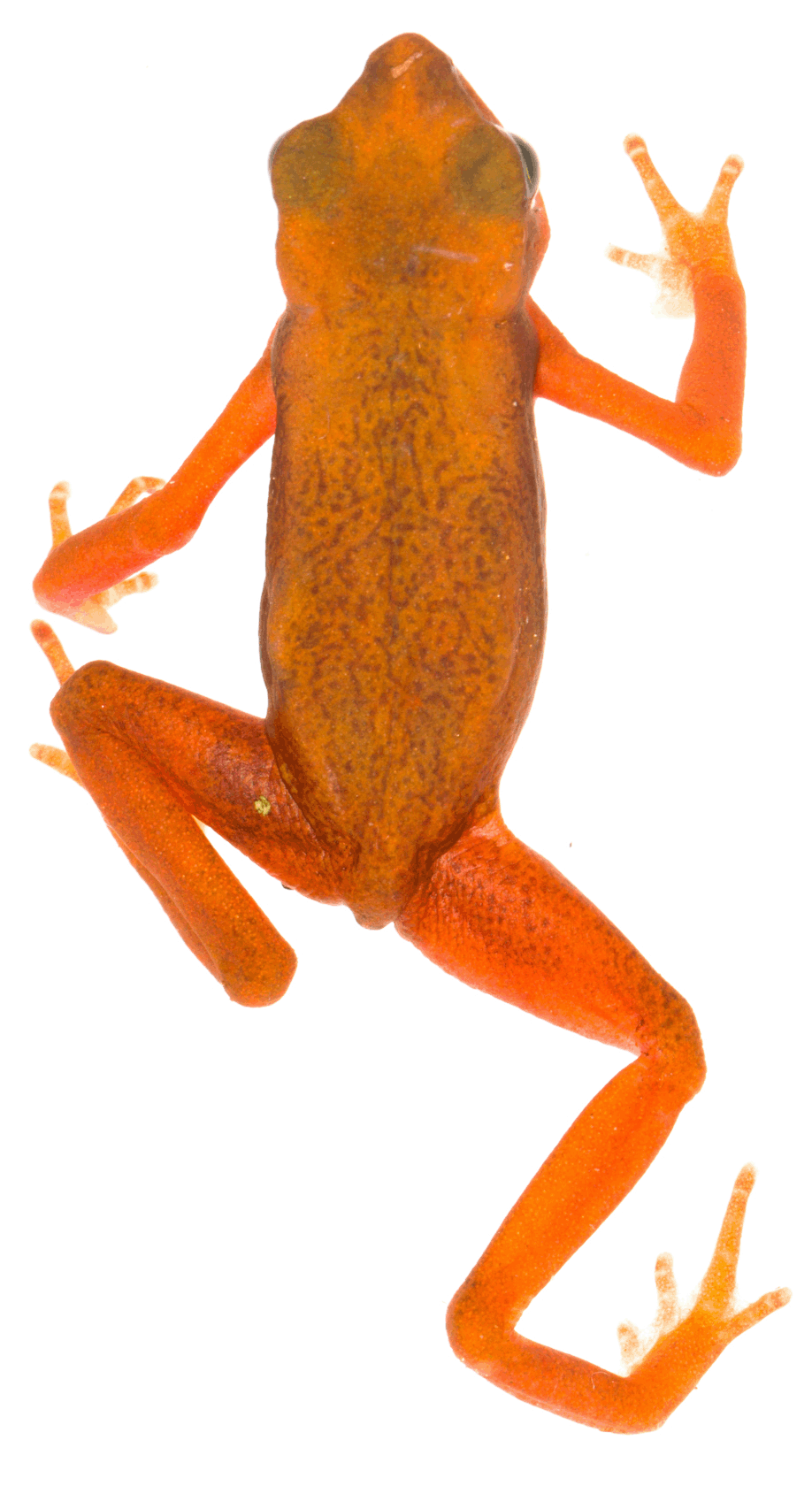
How do predators perceive novel aposematic signals?
This research has 3 main facets: predator perceptions, predator learning, and unpalatability
Wild Predator Perceptions of Known and Novel Patterns?
Previous research has shown that predators avoid known aposematic (warning coloration) signals, which means that predators enact stabilizing selection on existing aposematic signals. This means that predators prey on all but the exisiting, common, morph which stabilizes it within the population. In the case of Dendrobates tinctorius, they have complex patterns that are likely more complex than predators can perceive which means that slight variations may be allowed by predators because they generalize on the signal.
In order to examine this, my research team created a variety of clay models to first examine what is more important in aposematic signaling: color or pattern. We placed these in the forests of French Guiana to allow for predator sampling. Preliminary results suggest that predators key in on particular traits within the aposematic signal while allowing others to freely vary.






How Easily Do Predators Learn to Avoid Different Colors?
A number of colors (yellow, red, white, orange) are quite common in a number of aposematic species across the animal kingdom. The obvious question to this is Why? This repeated pattern suggests that something might be happening with how predators learn to associate a negative consequence. A number of researchers have investigated predator vision and found that different predators have different spectral retinal sensativities. Birds' tend to have retinal sensativity in the long wavelengths of the color spectrum (yellow/orange/red). This sensativity could allow for easier learning of aposematic signals.
In order to investigate how predators learn to avoid these colors, we created printed images of frogs with different color stripes (yellow,white, and red) and presented them to a model bird species, the chicken (Gallus domesticus). These colors were associated with distasteful food (mealworms soaked in chloroquine), and we examined how quickly the birds learned to avoid these different colors. This will help explain avoidance patterns seen in the clay model study.
Preliminary results suggest that birds have differential ability to learn colors, and further, they have asymmetrical generalization to novel colors based on past experiences.
How Variable is Unpalatability among Different Populations?
In collaboration with Bibiana Rojas and Johanna Mappes, we are investigating how unpalatable different populations are to wild bird predators (Great Tits and Blue Tits). Variable unpalatability can help explain existence of less effective signals in these frogs.
In order to examine this, we have extracted toxins from different populations of Dendrobates tinctorius and put them on oats. Birds ate the oats and the degree of repulsion from the taste will give us an idea of how unpalatable the toxins are. This is done in absense of color signals, so any reaction is completely due to taste.
This research is ongoing...
